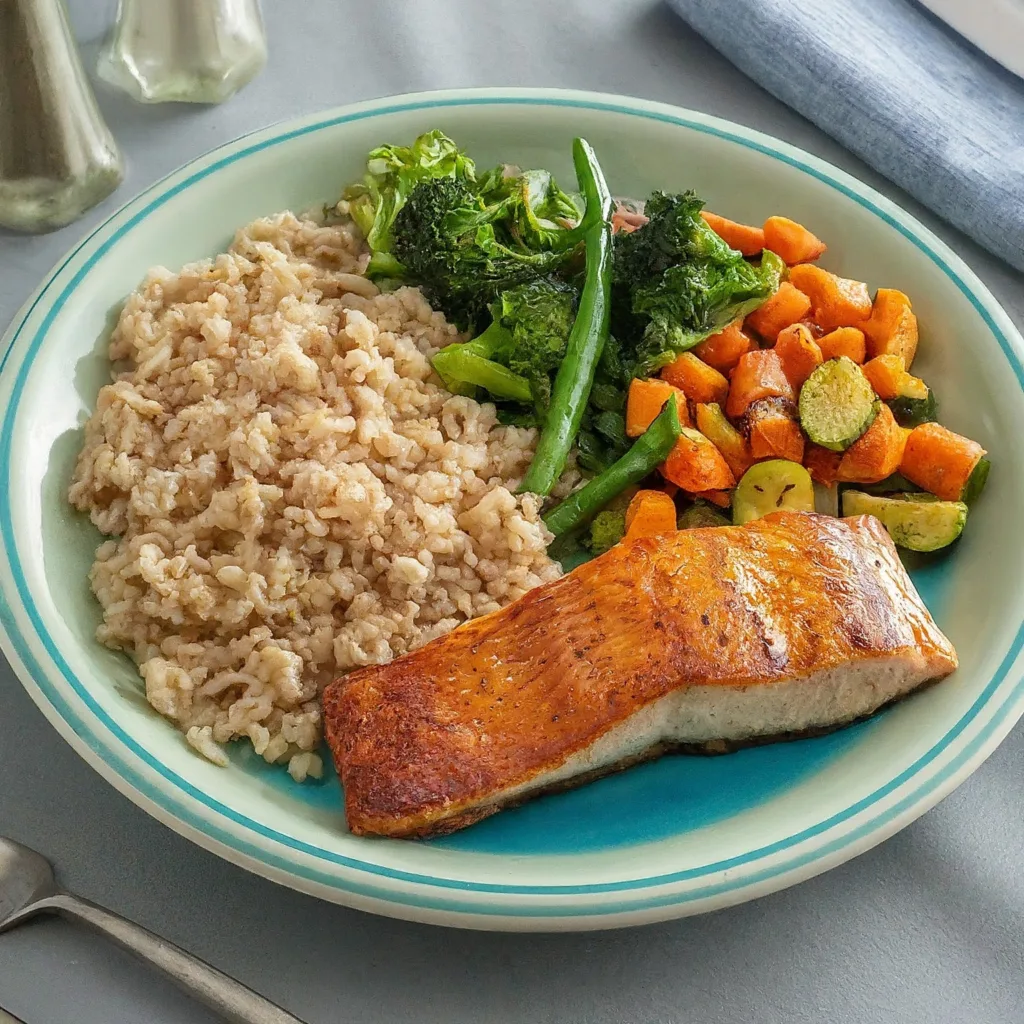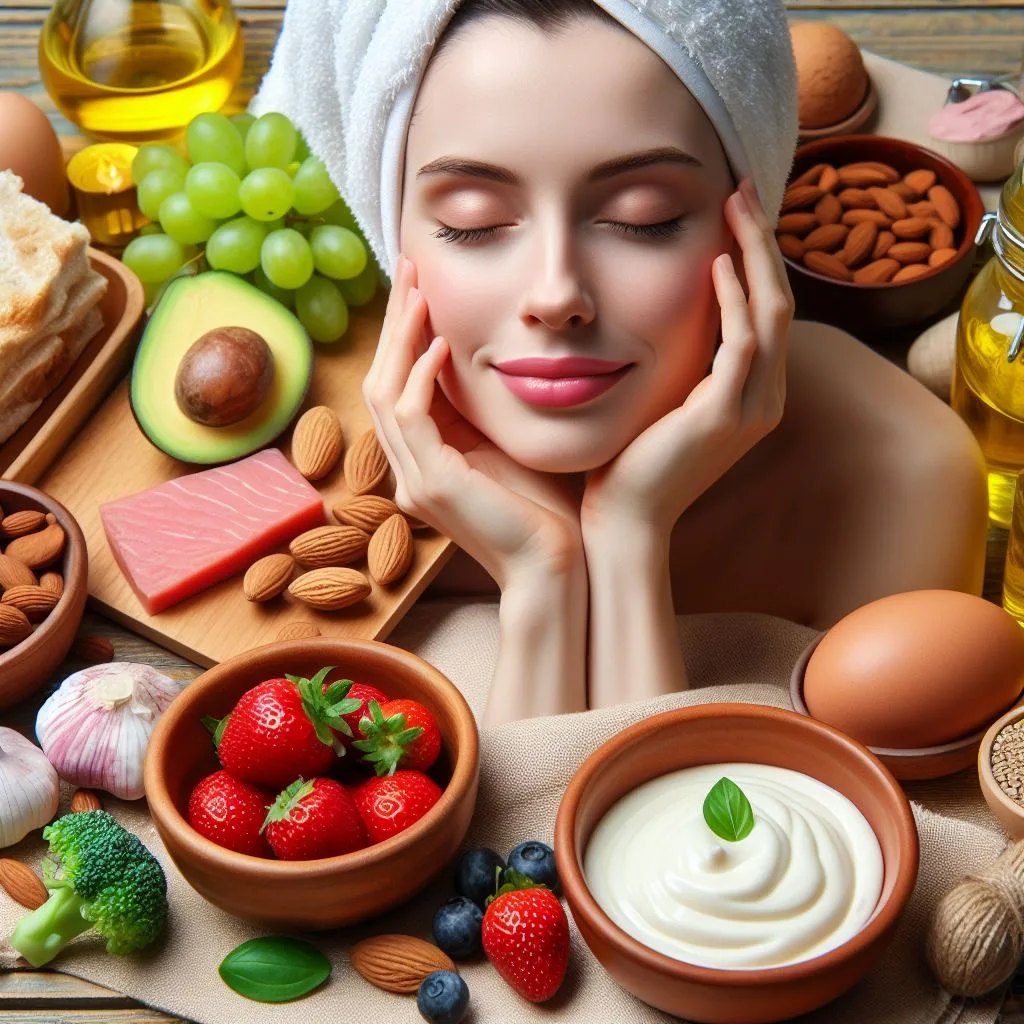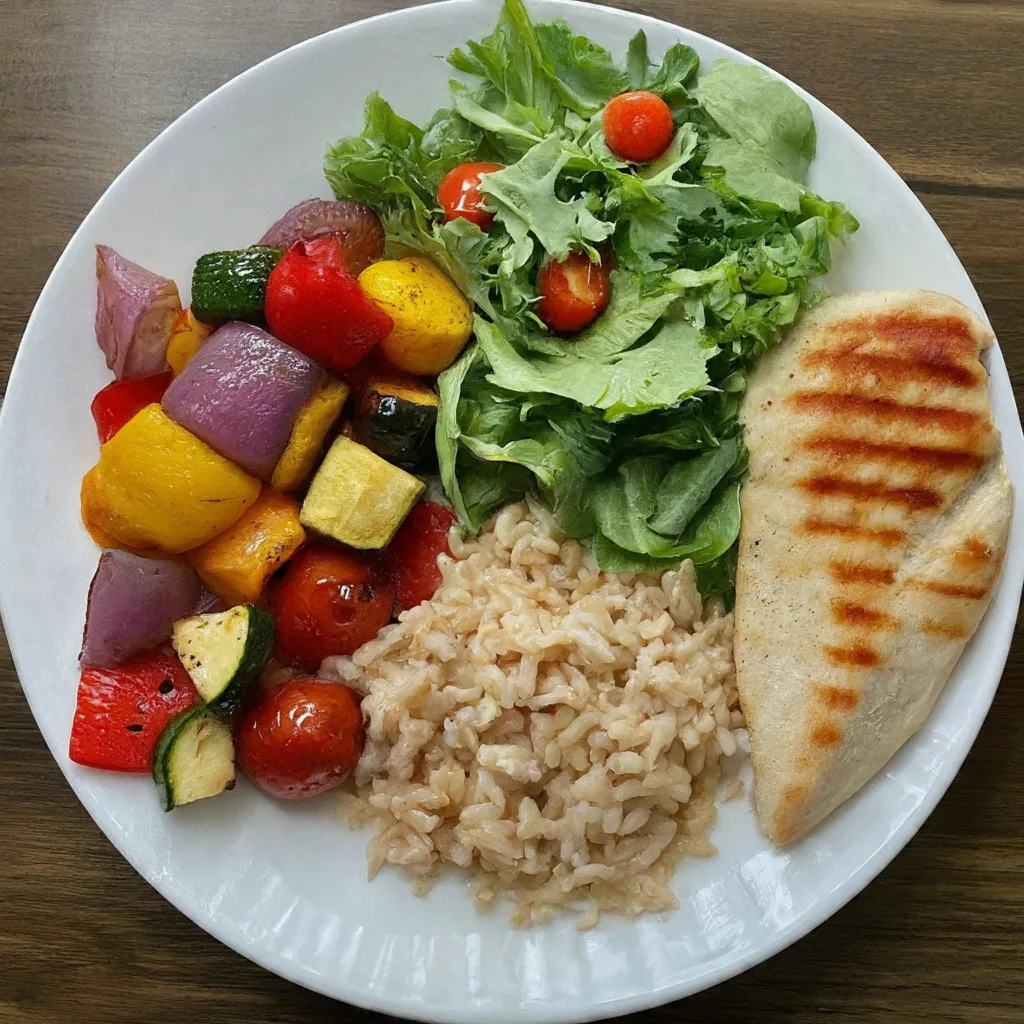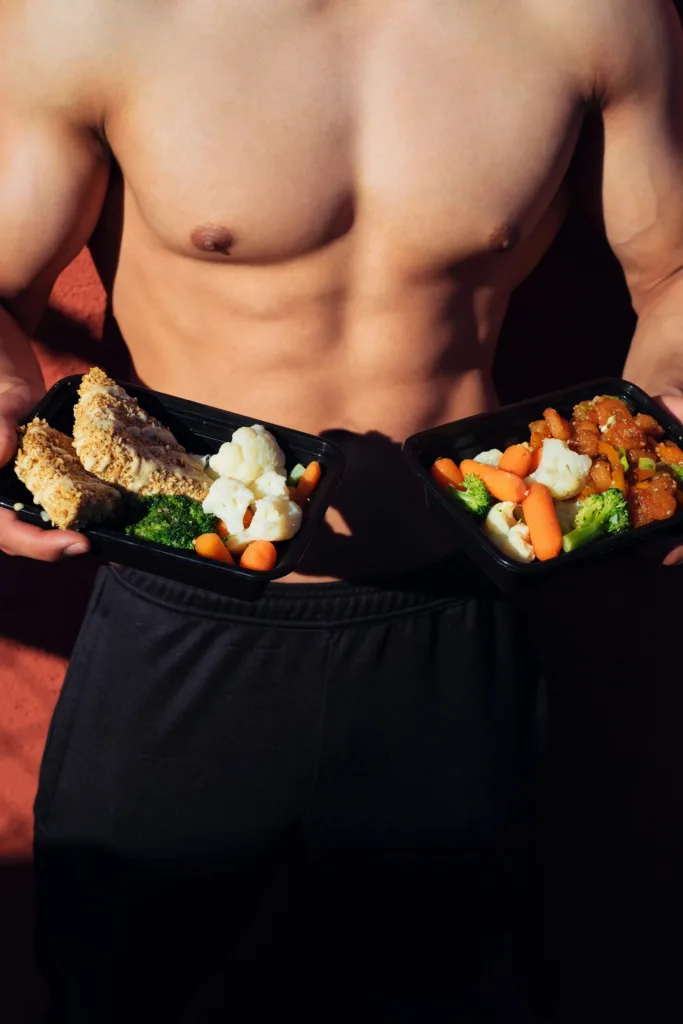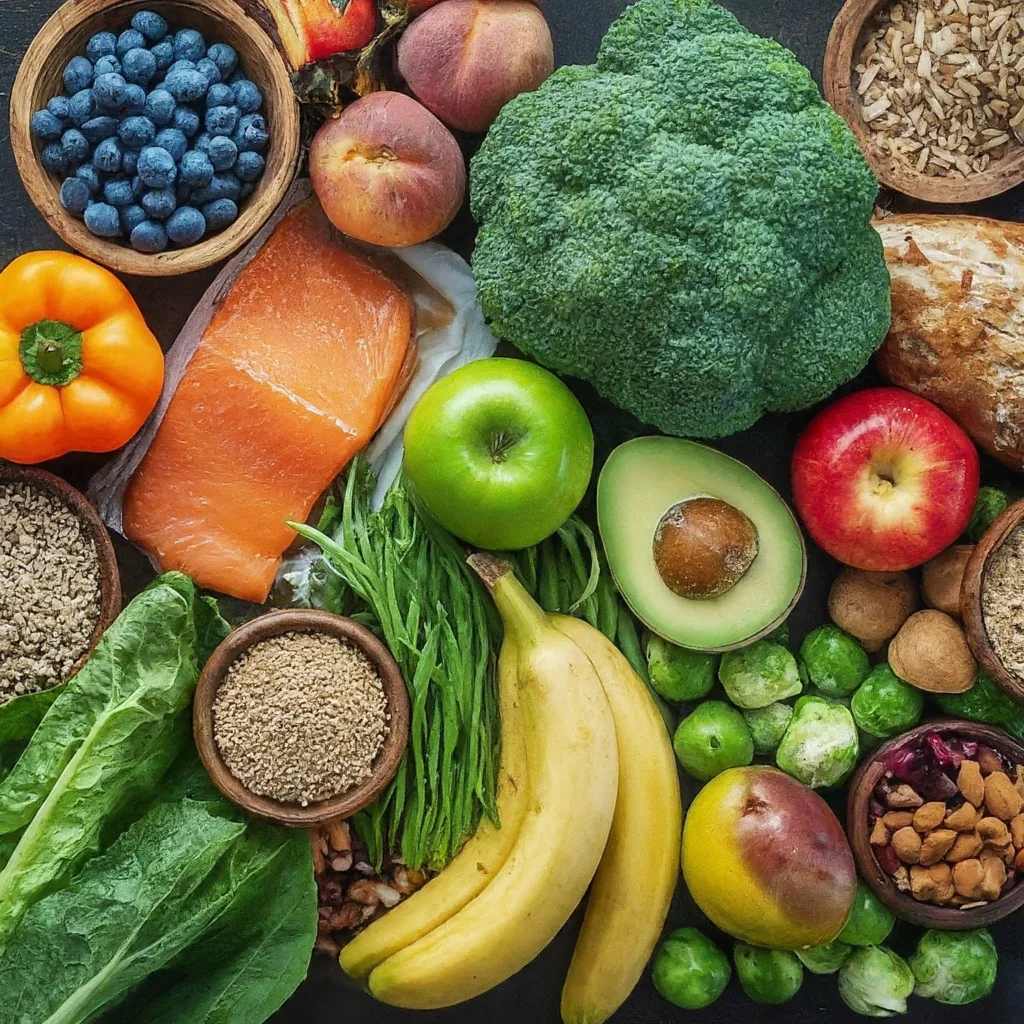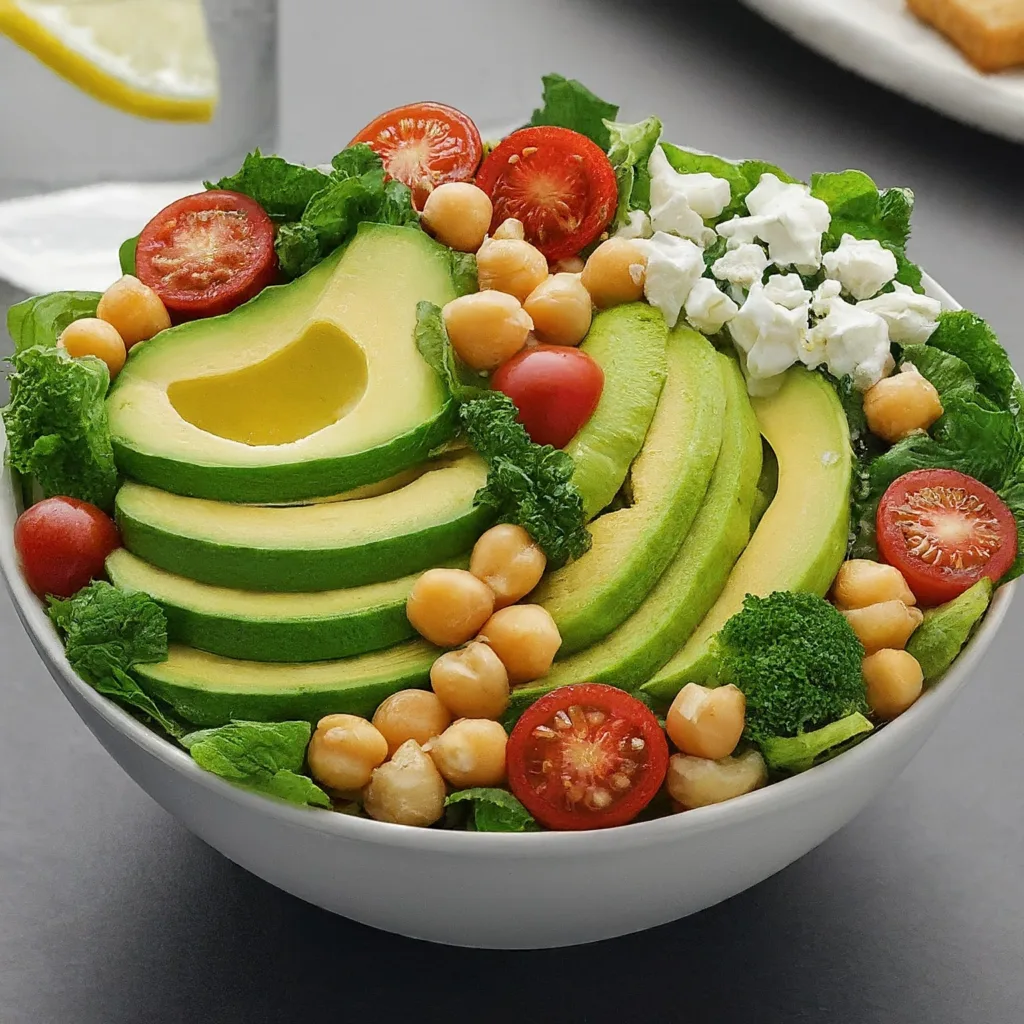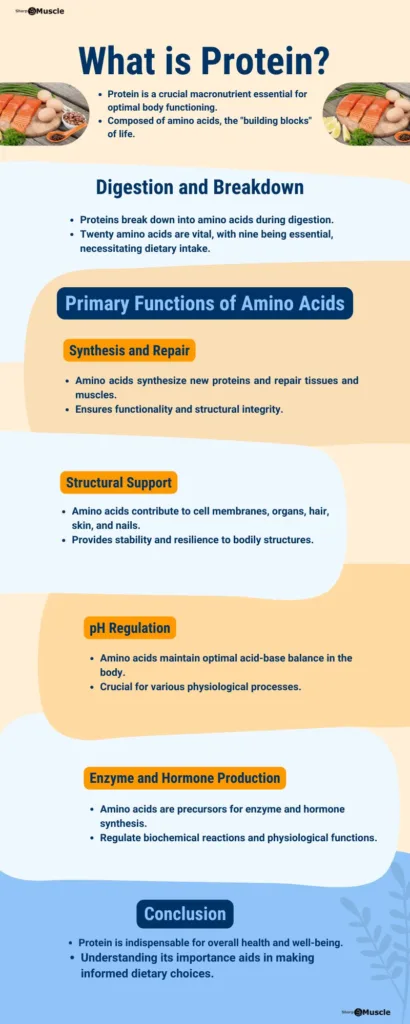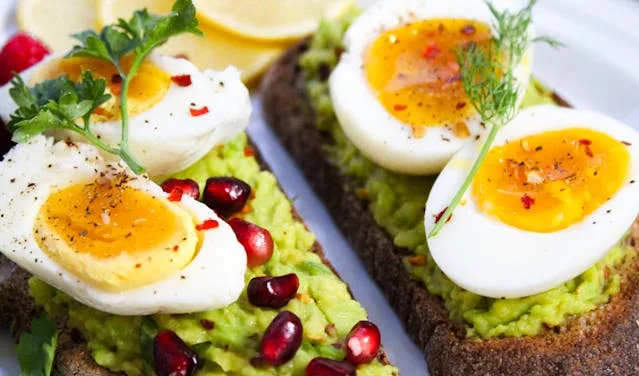Diet for kids is predicated on a similar principle as a diet for adults. Everybody needs a similar variety of nutrients – like vitamins, minerals, carbohydrates, protein, and fat. Kids, however, need different amounts of specific nutrients at different ages.
What kids eat affects their health now and in the future, they need a balanced diet to grow properly, stay healthy and fight diseases. A nutritious diet means your kids will have a lot of energy, feel bright and alert, focus better at school, less suffer from diseases, have clear skin, shiny eyes and shiny hair.
Building healthy eating habits in children not only improves their health but also improves their behavior, mood and learning success in school. Primary schools that are related to the government’s National Healthy Schools program, where students are diet better and exercised more, make more academic progress and beat others in national tests in reading, math, and science.
Oxford University studies suggest that diet can also help prevent and manage ADHD, dyslexia, dyspraxia and autism spectrum disorders, as well as developmental conditions such as mental health conditions such as anxiety and depression. 1
Studies in the USA (conducted in 2005) have shown that banning school vending machines and providing nutritional education and healthier food choices result in better behavior and educational standards among children aged 5 to 10 years. There was an 80 percent drop in exclusions after one year, and school exam scores in Math and English increased. 2
The earlier building healthy eating habits in children and also exercise habits, the better. The healthy diet now means a healthy diet in ten years time. Children do not get out of ‘bad eating habits’ – they continue to eat the foods they are being given. An overweight teenager has a 70 percent chance of being an overweight adult.
What nutrients do kids need in their diet?
In kids diet, the requirements of nutrients are very high, and their rate of weight per unit is very high due to the amazing growth rate of adults. Kids require large amounts of protein in their diet, for development than for maintenance, while adults consume their protein only for maintenance. A kids’ liver holds about 4 hours of reserved glucose, so they need to eat in small, frequent bursts to stabilize their blood sugar.
Kids need the most important nutrients in their diet for growth and development:
- Zinc
- Iron
- Calcium
- Magnesium
- Omega-3 essential fatty acids
- Protein
- Vitamin-B
- Vitamin-C
- Zinc: It is important as a structural component of growing cells, and provides a framework for cells to function optimally. Zinc will enhance immunity and help balance blood sugar levels. It is important to note that kids who are low in zinc have a higher incidence of food allergies. It can be found in grass fed beef and lamb, sesame seeds, pumpkin seeds, egg yolk and nuts.
- Iron: Iron is important for oxygen circulation, keeps the immune system healthy and helps in energy production. Dietary iron comes in two forms: haem iron (found in meat) and non-haem iron (found in plant foods). Iron-rich foods include lentils, asparagus, spinach, egg yolk, grass-fed red meat, black strap molasses, spirulina, and raw cocoa. Note that excessive dairy consumption may reduce iron absorption.
- Calcium: When the bone structure of kids increases sevenfold, the requirements of Calcium are higher for kids, especially between birth and puberty. The goal is for the kids to get at least 1000 mg per day, as calcium is important for muscle function as well as strong bones. If you give dairy products to your kids, make sure that they are full fat and certified organic if possible. Or if your kids have a dairy allergy or intolerance, give them calcium-rich alternatives, such as unhealed sesame seeds, flaxseed, sardines, almonds, parsley, broccoli, spinach, watercress, and figs. Note that vitamin D is important for bone calcification, so make sure that your kids around in the sun at low-UV times of the day.
- Magnesium: Magnesium is the most relaxing mineral of all for growing kids. It helps in building strong bones and balancing blood sugar. Magnesium deficiency may cause irritability, restlessness, poor sleep, and muscle cramps. Research has reported that magnesium is lower in overweight kids.3 It can be easily given by giving magnesium-rich foods such as sunflower seeds, spinach, sesame seeds, cashews, almonds, raw cacao, and sea vegetables such as dulse and kelp.
- Omega-3 essential fatty acids: Omega-3 essential fatty acids are important for the nervous system, and a deficiency can result in impaired learning and behavioral changes. Omega-3s reduce inflammation, making them invaluable for people suffering from eczema, asthma, and hay fever. Consume oily fish such as salmon, ocean trout, mackerel and sardines twice a week, and include flaxseeds and walnuts in your kids diet.
- Protein: Protein provides the building blocks for growth and development, as well as building antibodies base to help boost immunity. Kids who are low in protein are more susceptible to infection and experience more sugar and salt deficiencies. Make sure your kids get protein regularly in their diet from a variety of sources, such as grass-fed meat, organic poultry (including turkeys), oily fish, nuts, seeds, legumes, lentils and spirulina.
- Vitamin-B: B Vitamins helps the growing body unlock the energy found in fats, proteins and carbohydrates. They are water-soluble and therefore require small, repeated doses throughout the day. Good sources of B vitamins include salmon, eggs, grass fed meat, organic poultry, dark green leafy vegetables, mushrooms, organic liver and Spirulina.
- Vitamin-C: Vitamin C is an important nutrient for the growing body, as it is a powerful antioxidant, enhances iron absorption and enhances immunity. It plays an important structural role in the formation of collagen and therefore aids wound healing. Foods high in vitamin C include papaya, red capsicum, strawberries, blackcurrants, oranges, broccoli, pineapples, kiwifruit, and goji berries.
Building healthy eating habits in children
Building healthy eating habits in children can be a gradual and ongoing process, but there are several steps parents can take to encourage healthy eating habits in their children:
- Be a healthy role model: You are the most important influence on your child, so set an example by setting healthy eating habits of your own.
- Regularly Scheduled Meals and Snacks: Offer meals and snacks at consistent intervals of every 3 to 4 hours. Healthy snacks are essential because they provide young children with the nutrients and calories they’ll need each day to grow. For some healthy breakfast suggestions, visit our Center for Healthy Weights and Nutrition Resources page or choose My Plate.
- Establish routines around meal times and snacks: Sit down at the table and enjoy family meal time. It helps promote family togetherness and is proven to improve your child’s nutrition.
- Provide a varied and balanced diet: Provide lean protein sources, fruits and vegetables, low-fat dairy products, and whole grains to maintain a healthy weight. It is best to include at least 3 to 4 food groups at meal times.
- Divide the Responsibility: It is the role of the parent to determine if, when and where food is served. It is the child’s role to decide which and how much of the healthy foods he is offered.
- Don’t let them clean their plate: Let your child know when he is full and has eaten. They will naturally control the amount they eat, so don’t force them to finish what’s on their plate.
- Try new foods: It may take up to 10 or 15 times of offering food before a baby accepts it. Introduce one new food at a time and be sure to introduce it alongside foods that your baby already likes, rather than several new foods at once.
- Get Your Kids Involved in Nutrition: Encourage your toddler or preschooler to help you in the kitchen. Helping out in the kitchen can make your child more curious and willing to try new or different foods. Always follow basic food safety tips and provide age-appropriate tasks to your child.
- Don’t reward with food: This sends the wrong message, especially since most of the foods offered are usually not healthy options.
- Don’t forget about physical activity: Healthy eating should be combined with healthy physical activity. Children should be active for at least 1 to 2 hours of play each day, including activities such as walks in the park, organized classes, or age-appropriate games.
Sample Diet for Kids
Breakfast
| Ingredients | Quantities |
|---|---|
| WHOLE GRAIN BREAD | 1 SLICE |
| PEANUT BUTTER or (ALMOND BUTTER) | 1 SPOON |
| BANANA | 1/2 |
| COW MILK or ALMOND MILK | 240 ml |
Healthy breakfast options for kids
| Breakfast Option-1 | Breakfast Option-2 |
|---|---|
| PICK ONE GRAIN: Quinoa (1/3 cup) Oats (1/3 cup) Wheat chapati (1) | Cereals: a) Whole grain cereals 1/2 cup b) Apple c) Milk 240 ml |
| FRUIT: Banana (1/2) Mango (1/2 thin slice) Blueberries (2 spoon) Strawberries (2 spoon) | Banana Shake: a) Banana (1) b) Peanut Butter (1sp) c) Honey (1 spoon) d) Milk |
| MILK: Cow Milk (240ml) Buffalo Milk (240ml) Almond Milk (240ml) Coconut Milk (240ml) Soy Milk (240ml) | Eggs: a) Egg (2 boiled) b) Milk (24o ml) OMELET: Omelet (2 Eggs) Orange Juice (240ml) or Carrot Juice (240ml) |
Mid-morning
| Ingredients | Quantities |
|---|---|
| CHICK PEAS (kidney beans, black beans) | 1/2 cup |
| CARROTS or CUCUMBER | 1/2 |
| ORRANGE (pear, papaya, pineapple, watermelon) | 1 cup |
| ALMONDS or CASHEWS (walnuts-20g, peanuts-20g) | 10 |
Healthy snack options for kids
| FRUIT BOWL | Apple Banana Barries Graps Orange Watermelon Guava |
| BANANA SHAKE | Banana (1 whole) Peanut butter (1 spoon) Honey Milk |
| BISCUITS | Crackers (4-5) Humus (Mashed chickpeas) |
| JUICE | Apple Juice Roasted chickpeas |
Lunch
| Ingredients | Quantities |
|---|---|
| BROWN RICE | 1/3 cup |
| LENTIL | 1 small bowl |
| GREEN VEGETABLE | 1 small bowl |
| APPLE or (orrange 1) or (kiwi 1) or (grapes 1/2 cup) | 1/2 |
Healthy lunch options for kids
| Ingredients | Quantities |
|---|---|
| Rice Pulao | ½ cup rice cooked with vegetable and paneer |
| Paneer Bhurji | 1 chapati with paneer bhurji with a piece of fruit. |
Dinner
| Ingredients | Quantities |
|---|---|
| WHEAT CHAPATI | 1 |
| PANEER or TUFU | 1 small bowl |
| GREEN VEGETABLE | 1 small bowl |
| OLIVE OIL or COCONUT OIL | — |
| YOGURT or CURD | 1 cup |
Note: If you have got concerning/questions on nutrition for kid or specific issues about your child nutrition, discuss with your kids’ doctor or a registered nutritionist.
Micro-breakdown for kids diet
| Kids age groups | Daily Micro-breakdown guidelines |
|---|---|
| Age 2-3 years kids | Calories: 1000 to 1400, Protien: 2-4 ounces, Fruits: 1-1.5 cups, Vegetables: 1-1.5 cups, Grains: 3-5 ounces, Dairy: 2 cups; |
| Age 4-8 years kids for Boys | Calories: 1200 to 1800, Protien: 3-5 ounces, Fruits: 1-1.5 cups, Vegetables: 1.5-2.5 cups, Grains: 4-6 ounces, Dairy: 2.5 cups; |
| Age 9-13 years kids for Girls | Calories:1400 to 2200, Protien: 4-6 ounces, Fruits:1.5-2 cups, Vegetables: 1.5-3 cups, Grains: 5-7 ounces, Dairy: 3 cups; |
| Age 9-13 years kids for Boys | Calories: 1600 to 2600, Protien: 5-6.5 ounces, Fruits: 1.5-2 cups, Vegetables: 2-3.5 cups, Grains: 5-9 ounces, Dairy: 3 cups; |
| Age 14-18 years Girls | Calories: 1800 to 2400, Protien: 5-6.5 ounces, Fruits: 1.5-2 cups, Vegetables: 2.5-3 cups, Grains: 6-8 ounces, Dairy: 3 cups. |
| Age 14-18 years Boys | Calories: 2000 to 3200, Protien: 5.5-7 ounces, Fruits: 2-2.5 cups, Vegetables: 2.5-4 cups, Grains: 6-10 ounces, Dairy: 3 cups. |
- Alexandra J. Richardson. “FATTY ACIDS in DYSLEXIA, DYSPRAXIA and ADHD CAN NUTRITION HELP?” Senior Research Fellow in Neuroscience, Mansfield College and University Lab. of Physiology, Oxford. Available from: https://www.apraxia-kids.org/wp-content/uploads/2012/12/2002-AJR-Handout-FAs-in-DDA.[↩]
- Rovner AJ, Nansel TR, Wang J, Iannotti RJ. “Food sold in school vending machines is associated with overall student dietary intake.” J Adolesc Health. 2011 Jan;48(1):13-9. doi: 10.1016/j.jadohealth.2010.08.021. PMID: 21185519; PMCID: PMC3011970.[↩]
- Hassan SAU, Ahmed I, Nasrullah A, Haq S, Ghazanfar H, Sheikh AB, Zafar R, Askar G, Hamid Z, Khushdil A, Khan A. Comparison of Serum Magnesium Levels in Overweight and Obese Children and Normal Weight Children. Cureus. 2017 Aug 24;9(8):e1607. doi: 10.7759/cureus.1607. PMID: 29075585; PMCID: PMC5654973.[↩]
- 2020-2025 Dietary Guidelines for Americans. U.S. Department of Health and Human Services and U.S. Department of Agriculture. https://www.dietaryguidelines.gov. Accessed Jan. 18, 2021.[↩]




